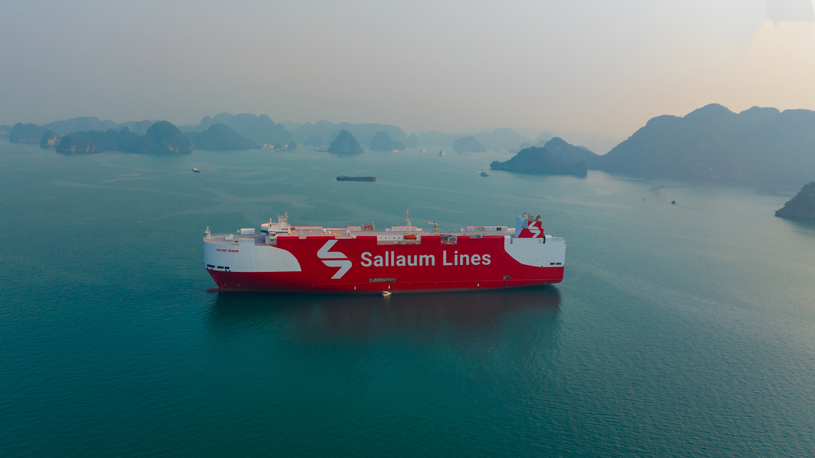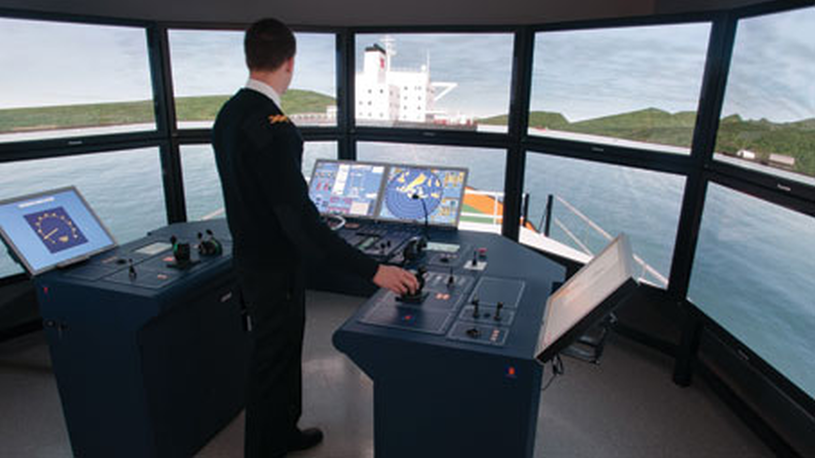Business Sectors
Events
Contents
Choosing the right bands
Satellite communications are available on four bands of frequency: C-, Ku-, L- and recent addition Ka-band. Connectivity and reliability depend on the band, the operating area and environmental conditions, while the frequency, or wavelength, of the satellite signal will have particular properties. For example, it may be prone to disruption during precipitation (known as rain fade) or it may be unable to penetrate the atmosphere at certain elevations. This is important to know, as it affects coverage availability and the suitability of certain services for specific circumstances.
C-Band (4-8 GHz)
This requires more power, so larger (typically 2.4m diameter) and more expensive antennas are needed. Frequencies in the C-band perform well under adverse weather conditions making this a very reliable solution and ideal for passenger vessels sailing globally. It is also ideal for energy industry survey, subsea, drilling, and seismic vessels that have space for the antennas. Local authorities’ regulations may prohibit the use of C-band close to shore, in order to prevent interference with radio links. The size of the C-band antenna often means that it cannot be installed on smaller vessels.
Ku-band (12-18 GHz)
The most common maritime VSAT band in use. Ku-band satellite coverage has grown along the commercial trading routes, making it a global VSAT alternative to C-band for merchant vessels. With significant bandwidth available, Ku-band services are less costly but are more susceptible to rain fade. For vessels operating outside the main commercial trading routes, coverage is more limited. However, less power is required for a stable connection, so smaller (generally 0.6m-1.5m diameter) and less expensive antennas can provide a reliable, high throughput service suitable for a wide range of vessels. Ku-band is the most mainstream frequency and so is suitable for use by commercial shipping companies using standardised VSAT solutions.
Ka-band (26.5-40 GHz)
This provides a very wide frequency range so there is more available spectrum, making it the least costly of all four bands in terms of satellite airtime. However, because it is a very high frequency it requires high pointing accuracy. Also, although the antennas are the same as for Ku-band, Ka-band requires different radio equipment and feed. Ka-band is new to the maritime market and offers significant potential, but out of all four bands it is the most susceptible to rain fade. It is therefore important to ensure that a back-up service is available.
None of the VSAT bands are necessarily faster than the others. They are all capable of providing services of 10 Mbps, with the same latency (the satellite round trip delay). Satellite access technology, coverage, reliability and antenna size are the key factors. VSAT
By Tommy Konkol Dybvad, Airbus Defence and Space director of customised VSAT
Related to this Story
Kotug establishes training partnership in Canada
Events
Maritime Environmental Protection Webinar Week
Cyber & Vessel Security Webinar Week
The illusion of safety: what we're getting wrong about crews, tech, and fatigue
Responsible Ship Recycling Forum 2025
© 2024 Riviera Maritime Media Ltd.












